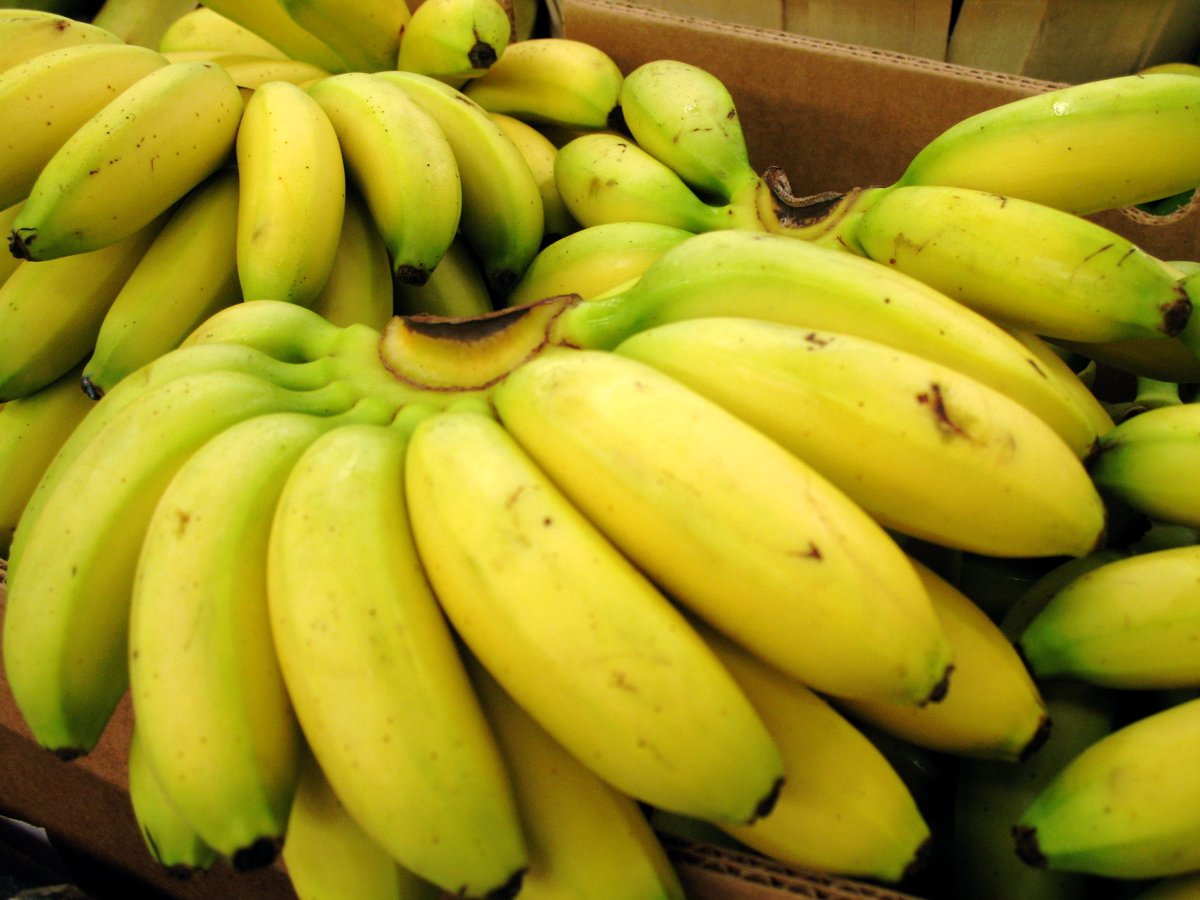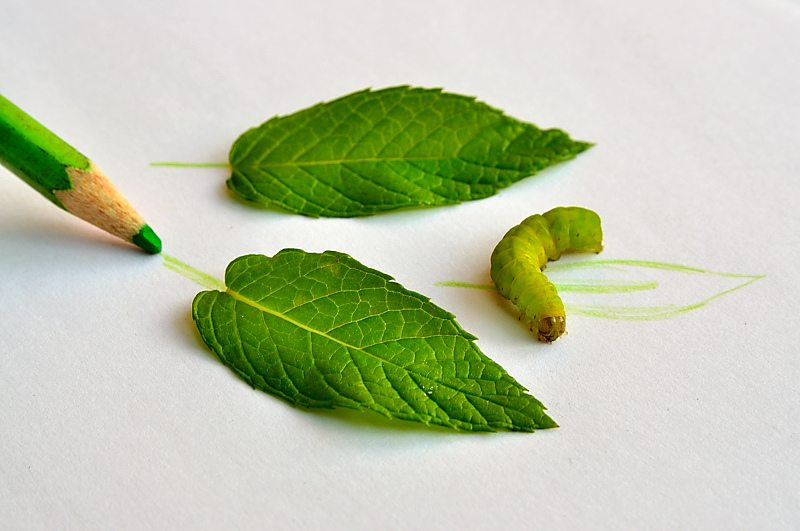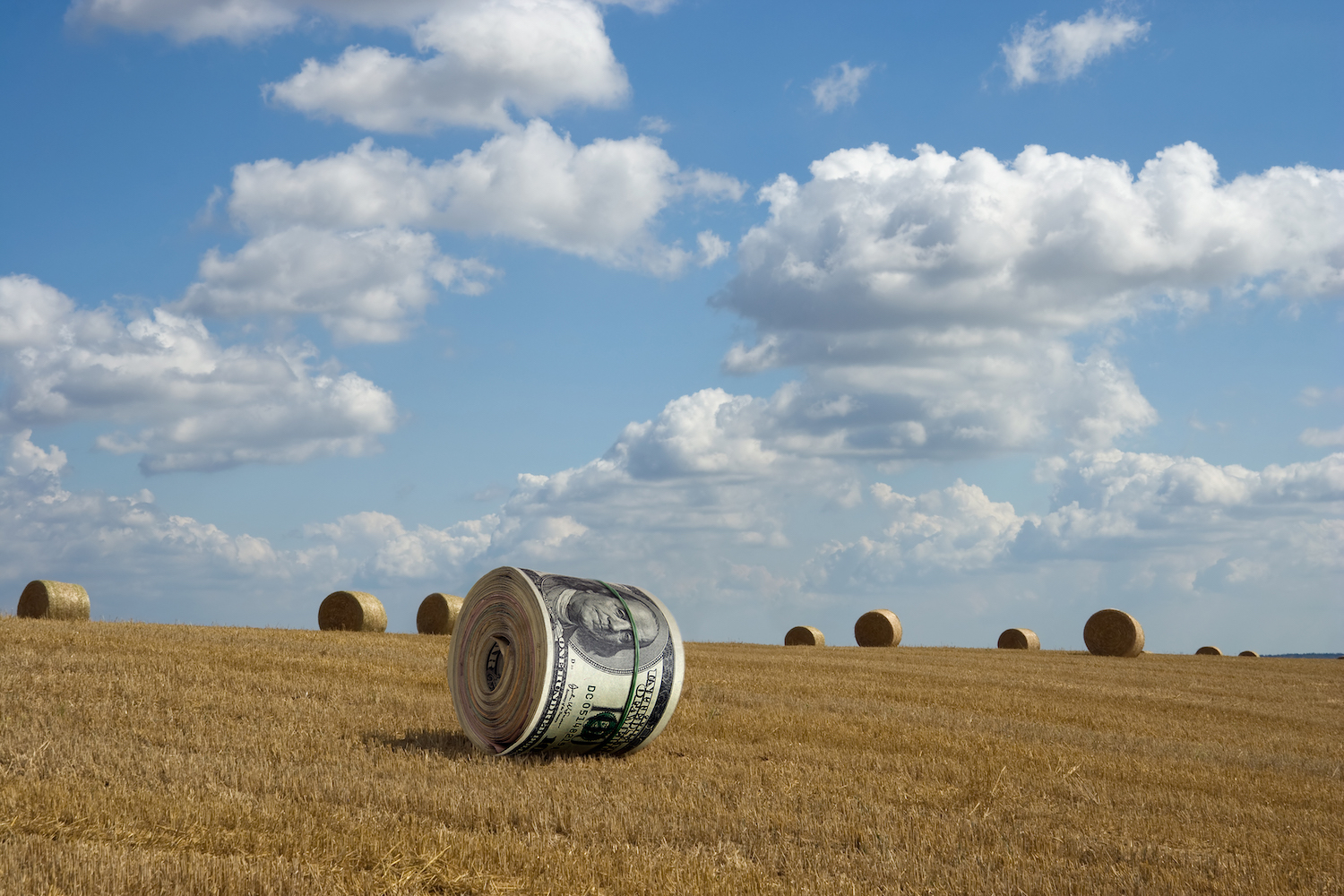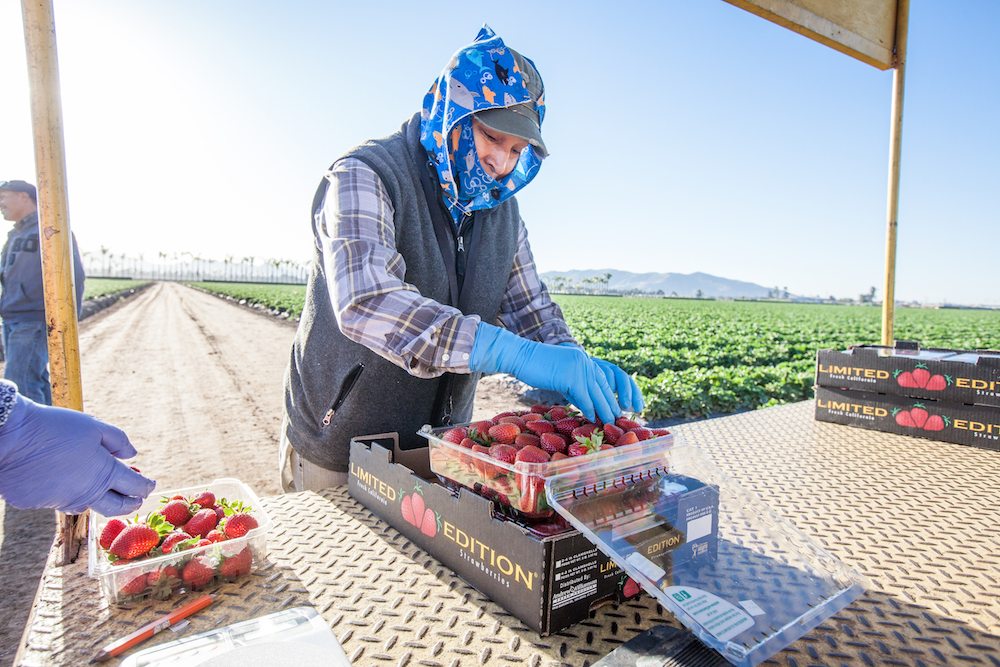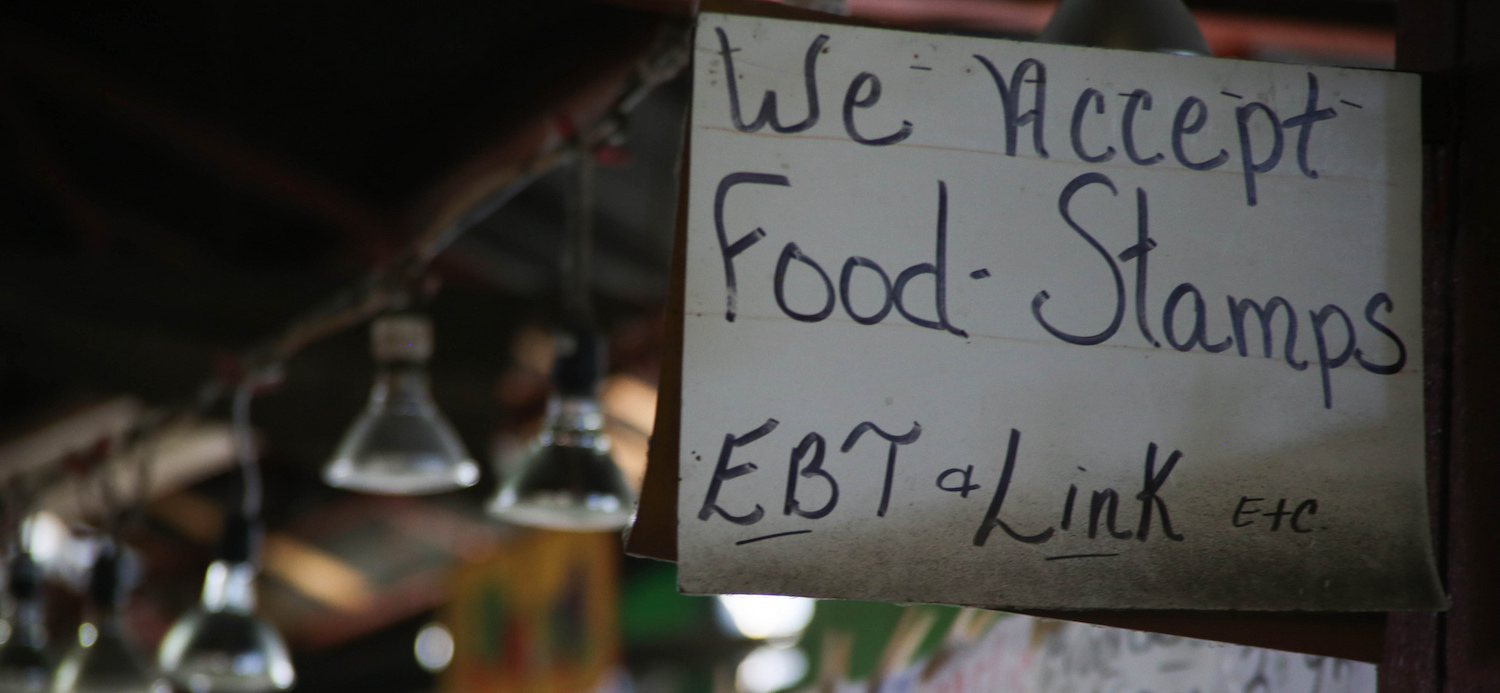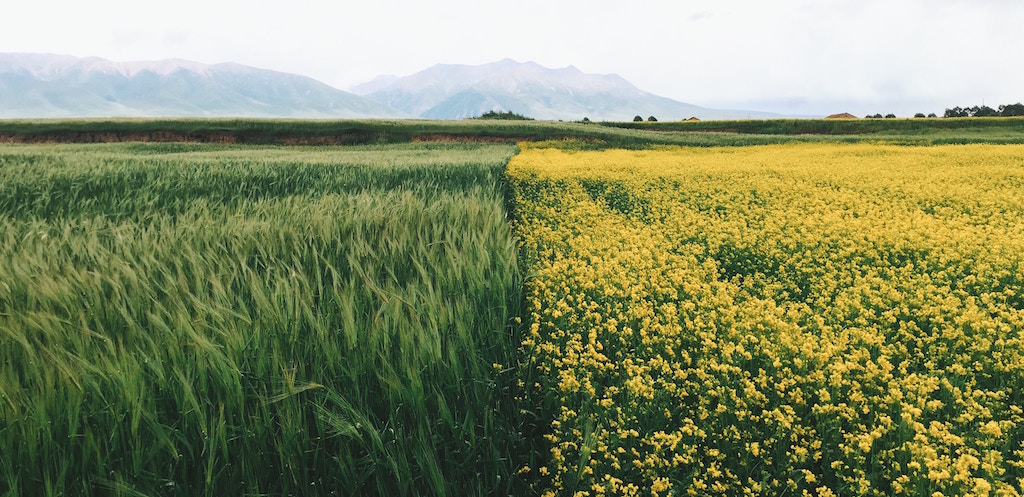Recently, food writers across this digital planet were alternately delighted and perplexed (okay, we were) after someone posted a picture on Twitter of an advertisement for Bananacoin, “the world’s first blockchain option for investing in production of organic bananas.”
What?
Bananacoin claims to be the first environmentally-friendly plantation in Laos, which has released a utility token based the open software blockchain platform Ethereum. Its stated mission: “to grow [an] organic and healthy variety of bananas known as “Lady Finger” in our plantations in Laos and to export them to China where demand is greater than supply.”
So, the future is banana futures.
Well, out of 14 million available tokens, 3.4 million have already sold, according to Bananacoin’s website.
The Lady Finger, says Bananacoin, is the most expensive and popular on the Chinese market. And it’s different than the Cavendish type found in most bodegas and grocery stores in this country.
https://www.youtube.com/watch?v=PAjN01J_1gs
After the Gros Michel vanished, Cavendish became the only banana variety available in the U.S. and Europe. But a bigger problem remained unsolved. Cavendish was not immune to another disease, “Tropical Race 4,” which appeared in 1993 and threatened crops in Africa, Asia, and Australia.
So it would seem a good time to get in on bananas? Well, maybe. Bananacoin notes that Panama disease is still a development risk, which means the scheme is not going to save the future of the Cavendish. Even if it could, there’s already another banana genetically modified to be resistant to the pathogens that affect crops. But you can’t invest in that one on the blockchain.
